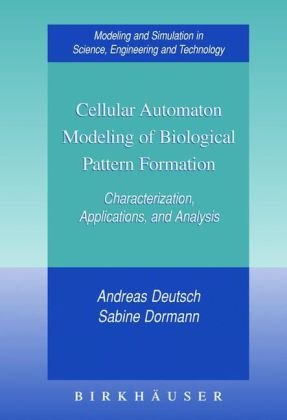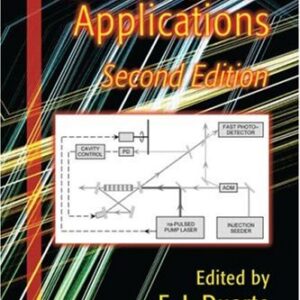This book focuses on a challenging application field of cellular automata–pattern formation in biological systems, such as the growth of microorganisms, dynamics of cellular tissue and tumors, and formation of pigment cell patterns. These phenomena, resulting from complex cellular interactions, cannot be deduced solely from experimental analysis, but can be more easily examined using mathematical models, in particular, cellular automaton models.
While there are various books treating cellular automaton modeling, this interdisciplinary work is the first one covering biological applications. The book is divided into three parts: Part I deals with general principles, theories, and models of pattern formation; Part II examines cellular automaton modeling; and Part III explains various applications. The models and analytic techniques described may be extended to other exciting applications in biology, medicine, and immunology.
* Self-contained presentation is accessible to a broad audience; only basic calculus and linear algebra are required
* Careful balance of theory, models, and applications useful to both experimentalists and theoreticians
* Includes suggestions for further research topics
The book is aimed at researchers, practitioners, and students in applied mathematics, mathematical biology, computational physics, bioengineering, and computer science interested in a cellular automaton approach to biological modeling. The book’s accessible presentation and interdisciplinary approach make it suitable for graduate and advanced undergraduate courses and seminars in mathematical biology, biomodeling, and biocomputing.
Engineering
{PDF} Cellular automaton modeling of biological pattern formation: characterization, applications, and analysis Andreas Deutsch, Sabine Dormann, Philip K. Maini
$19.99






Reviews
There are no reviews yet.